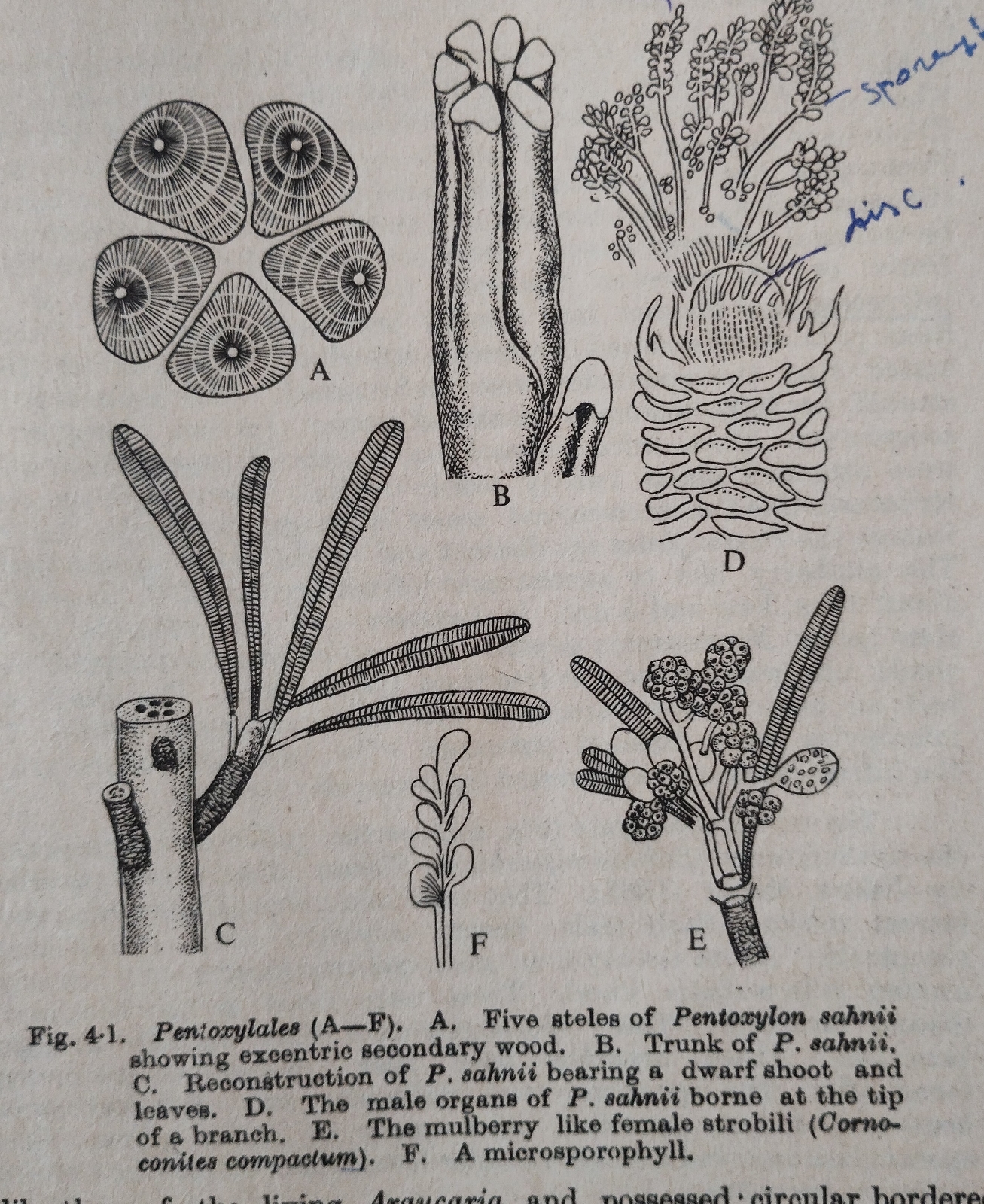Discontinuous Animal Distribution
If animals of close relation (family, genus or specie) are distributed far away from each other in a few localised area are termed Discontinuously distributed and such animals are termed as "Relics of the Past" , because once their distribution was worldwide .
According to P.J.Darlington the main causes of discontinous distribution of the animals are as follows:
(i) by reaching the oceanic islands across the water.
P.B.Weitz (1966) suggested that animals migrated from landmass to the islands or vice versa by floating ice, log of wood, clinging mud on bird's claw,etc. and these agents are termed as sweeps take bridges.
(ii) by the submergence of the landmass in between the ranges .
Weitz termed a narrow bridge which once connected two continents as filter bridge . There was a filter bridge between North America and South America during late Mesozoic era which was submerged during Pleistocene .
Once Asia and Europe was linked to each other by a corridor bridge , then it was submerged during Tertiary period .
(iii) by the extinction of the forms in the intermediate areas.
Wegner opined that during Cretaceous period Gondwana & Laurasia were fragmented, drifted and animals were seperated from each other and most of them disappeared due to less adaptibility and remaining created discontinous distribution.
Willis opined that Age and Area hypothesis is the cause of discontinous distribution , but it was challenged by endemic animals .
According to Mathew alternation of climate is one of the factor of extinction of previous animals from unfavourable places.
Examples of discontinous distribution:
(1) Notodtilus (a type of earthworm) is now found in New Zealand, NW Australia, tip of S America.
(2) Peripatus (living fossil) , an Arthropod is found in Indo-Malaya and New Zealand.
(3) Lung fish (Dipnoi) is today represented by three close genus :
Lepidosiren..........S. America
Protopterus..........Africa
Neoceratodus....... Queensland of Australia
(4) Family Leopelmidae (primitive frog) is represented today by two genus only , one in Northwest America and other in New Zealand.
(5) Sphenodon (Tuatara , a living fossil) is today represented by two species only in costal islands of New Zealand :
S. punctatus.....33 small inccesible islands.
S. guntheri...from North Brother Island on Cook Strait .
Once Tautara attained wide distribution on main land of New Zealand , but got extinct on main land due to the introduction of a rat ,Rattus exulans .
(6) Flightless birds(Ratitae) with five genus discontinuously distributed:
* Struthio (Ostrich)....Desert of Africa and Soudi Arabia .
*Rhea........Argentina and South Brazil
*Casuarius (Cassowary)...New Guinea, North Queensland of Australia.
*Dromiceus (Emu) ...Grassland of Australia
*Apteryx(Kiwi).....New Zealand
(7)Today Marsupials have 8 families only ,
7 in Australia and only one Opossum in North and South America.
(8) Elephants have 2 genus only :
Loxodonta.......in Africa
Elephas...........in Asia
(9) Two tribes of Family Cameliae are distributed discontinuously:
*Tribe Camelini is represented by genus Camelus with three extant species:
C.ferus(2 humped) ..Central Asia
C .bactrianus(2 humped)...Central Asia
C.dromearius (1 humped)....North Africa
*Tribe Lamini...is represented by Llama in South America.
(10)Family Tapiidae is today represented by Tapirus in Malaysia and Tapirella in South and Central America .



Comments
Post a Comment